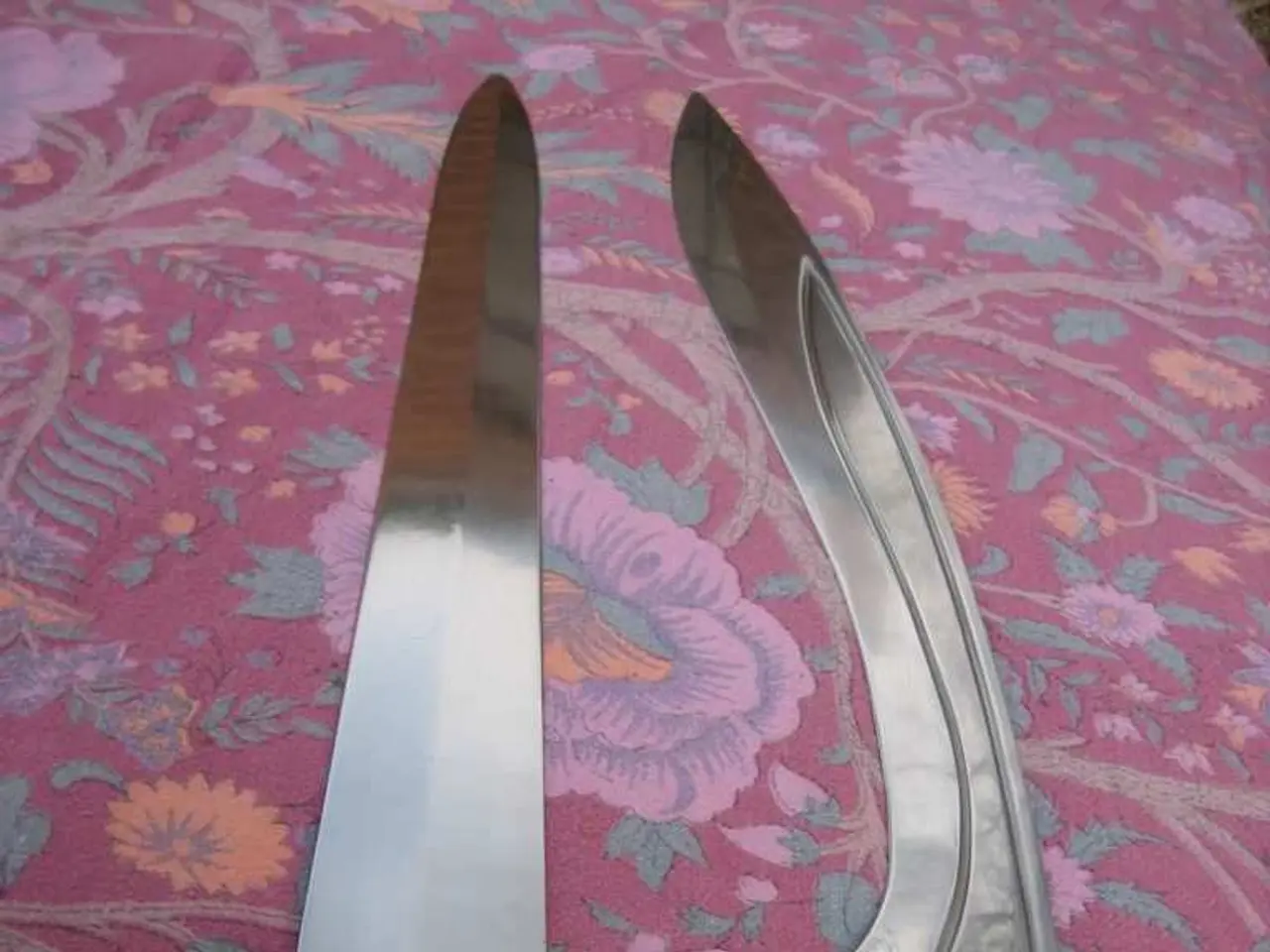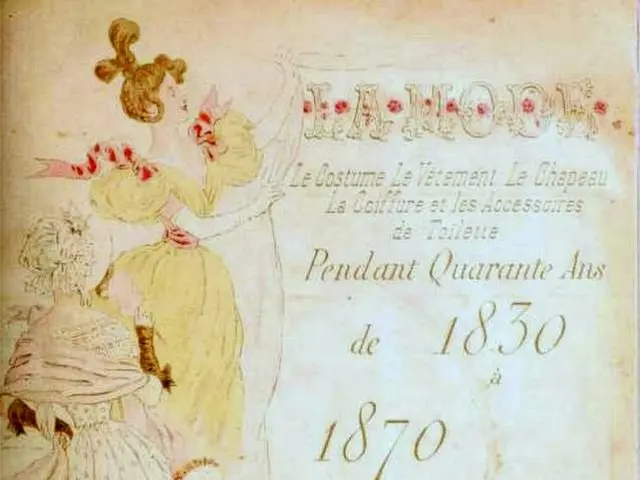Hand-crafted Swedish term: Sloejd
Slöjd, a Swedish word for craft or handicraft, has a rich history and a significant modern role in Swedish culture, particularly in education and traditional crafts. Rooted in rural and folk traditions, slöjd encompasses practical handicrafts that have shaped Swedish material culture, notably in wooden toys and everyday objects from the 17th century onwards.
Historically, slöjd refers to a tradition of woodworking and handicraft rooted in everyday life, often practiced in rural farmsteads and small communities. This craft culture emphasized manual skills, creativity, and the use of natural materials. Today, slöjd remains an essential part of Swedish schooling, teaching children practical skills, problem-solving, and an appreciation for materials and craftsmanship.
In the educational context, slöjd has been central as a subject in Swedish schools, where children try both male and female versions of it, switching each semester. Prior to the 1960s, slöjd was divided into manlig slöjd (male slöjd) and kvinnlig slöjd (female slöjd). The modern practice of slöjd in schools incorporates traditional woodworking and textile crafts but also adapts to contemporary techniques and tools. Workshops and residencies, such as those focused on spoon carving using traditional Scandinavian slöjd techniques, exemplify the ongoing vitality of this craft as both an educational practice and a cultural heritage.
Beyond schools, there is a growing global interest in slöjd as a form of mindful crafting and cultural preservation, reflected in exhibitions and craft initiatives that showcase both historical artifacts and contemporary interpretations of Swedish craft. The continued production and appreciation of folk art and traditional tools link slöjd firmly to Swedish identity and cultural expression today.
The Local's app offers Swedish words and expressions of the day, available on Apple and Android devices, while the book "Villa, Volvo, Vovve: The Local's Word Guide to Swedish Life" is available for purchase from lysforlag.com/vvv, Amazon US, Amazon UK, Bokus, or Adlibris. This comprehensive guide, written by The Local's journalists, provides insights into Swedish life, language, and culture.
In summary, slöjd's blend of history, education, and cultural identity makes it a distinctive and enduring element of Swedish life. It's a craft that requires skill and patience, as opposed to pyssel, a simpler kind of craft that is simple enough for even a small child to carry out. Woodwork, a part of slöjd, requires a lot of space and expensive tools, making it a more advanced craft compared to pyssel.
Despite the demands, the crafts teacher, working in a primary school, plays a vital role in nurturing creativity and manual skills among young students. Slöjd is an umbrella term for creative or crafty activities, including woodwork, metalwork, and textile crafts like knitting, sewing, and embroidery. The ongoing popularity and relevance of slöjd in Sweden and beyond highlight its enduring significance in shaping and reflecting Swedish culture.
References: [1] "Slöjd." Swedish National Heritage Board. https://www.rats.se/slod/ [2] "Sloyd School: A Living Craft Tradition." The Swedish Craft Movement. https://www.swedishcraftmovement.com/sloyd-school-a-living-craft-tradition/ [3] "Craft and Design in Sweden." The Swedish Arts Council. https://www.konstnaeringsdomstolen.se/en/swedish-craft-and-design/ [4] "The History of Slöjd." The Swedish Woodworking Association. https://www.svensktradition.se/en/the-history-of-slod/ [5] "Swedish Crafts: A Cultural Legacy." The Swedish Institute. https://www.si.se/culture/swedish-crafts-a-cultural-legacy/
The revival of slöjd as a mindful crafting practice extends beyond schools, resonating in fashion-and-beauty industries with the emergence of handmade textile crafts like knitting, sewing, and embroidery, echoing the traditional female version of slöjd. Additionally, home-and-garden enthusiasts find solace in the continued production and appreciation of Swedish folk art and traditional tools, harmonizing with the lifestyle concept of a rustic, handmade aesthetic.




